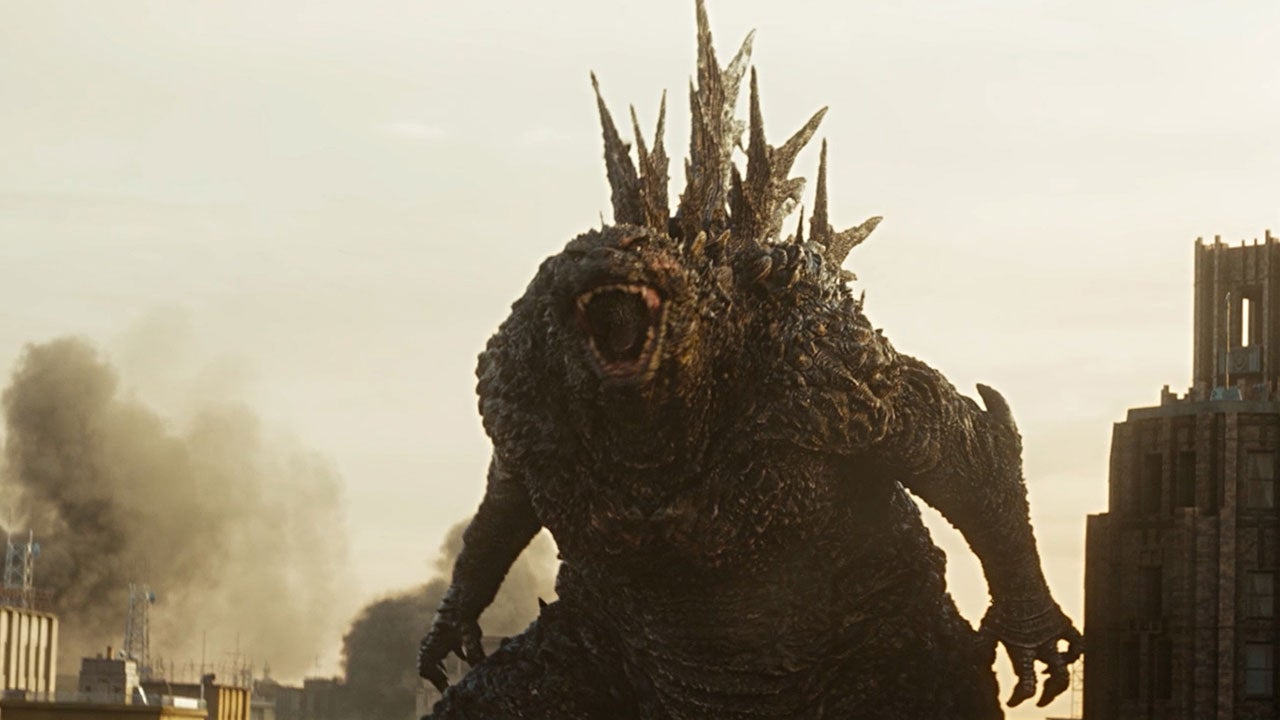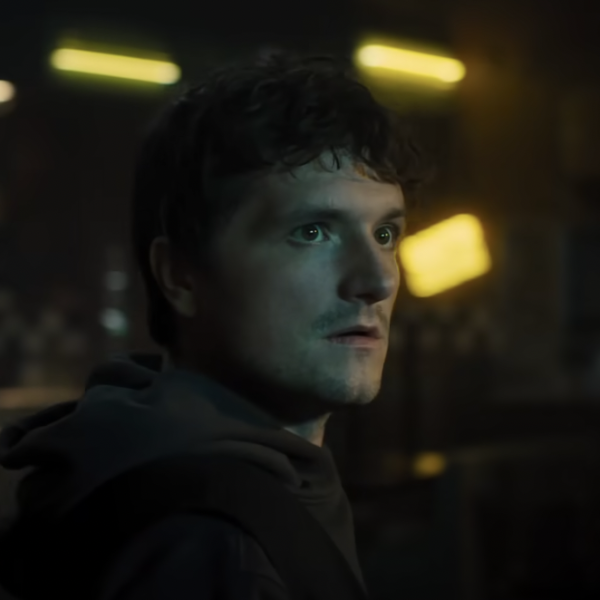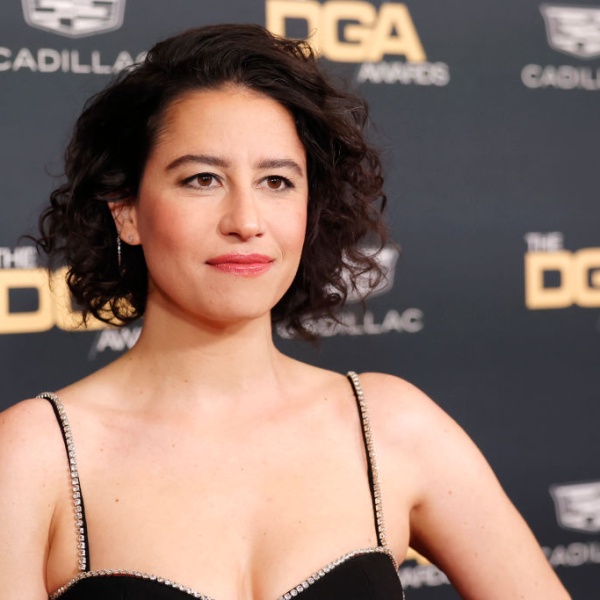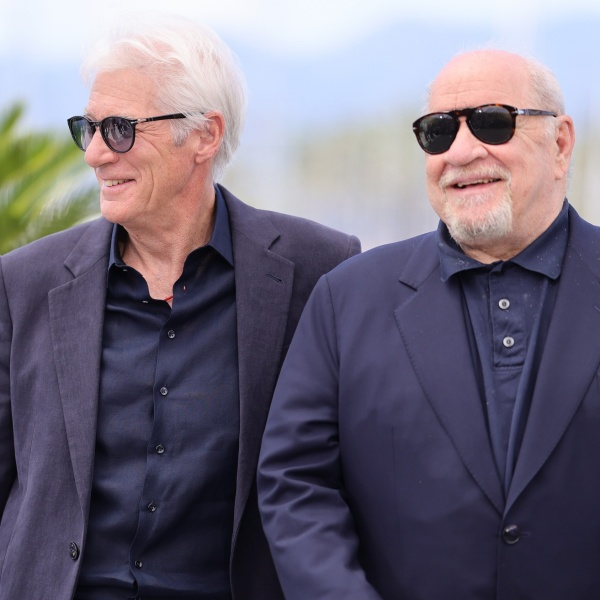Nominations voting is from January 11–16, 2024, with official Oscar nominations announced on January 23, 2024. Final voting is February 22–27, 2024. And finally, the 96th Oscars telecast will be broadcast on Sunday, March 10, and air live on ABC at 8 p.m. ET/ 5 p.m. PT. We update predictions throughout awards season, so keep checking IndieWire for all our 2024 Oscar picks.
The State of the Race
Gareth Edwards’ “The Creator” was the big winner at the 22nd Visual Effects Society Awards (held February 21 at the Beverly Hilton Hotel). The AI-themed, sci-fi actioner earned five awards: the top VFX photoreal prize, modeling (Nomad), created environment (Floating Village), effects simulations, and compositing & lighting (Bar).
As an Oscar predictor, though, the VES has only connected four out of the last seven years, which means the surging “Godzilla Minus One” should not be counted out despite being a non-factor at the VES Awards (Rocket from Guardians of the Galaxy Vol. 3″ beat the mighty Kaiju in the photoreal animated character category). The BAFTAs, meanwhile, gave “Poor Things” the VFX nod over “The Creator,” which further muddies the race.
It could go either way: “The Creator” (20th Century/Disney) boasts the most impressive and imaginative VFX of the season. After Edwards shot his entire film guerilla-style in 80 locations throughout Southeast Asia as the primary camera operator with a small crew and natural light, ILM made the $80 million indie look like a $200 million blockbuster through clever reverse-engineering in post (designing and placing the naturalistic VFX over the actors playing AI simulants and other robots, along with painting over, iterating, and refining the sets based on the photographic plates).
The bulk of the VFX work was devoted most creatively to the simulants that resembled humans, particularly Madeleine Yuna Voyles’ six-year-old chosen one. They contained a face mask, circular-shaped mech on the side, and negative space through the neck and skull.
By contrast, “Godzilla Minus One” (Toho) took everyone by surprise with its compelling post-war redemption story about the Kaiju attacking Japan as yet another nuclear nightmare. The film resonated with audiences and became a blockbuster success in Japan (where it became the franchise’s biggest hit) and in the U.S. (where it made $56.4 million, the third highest-grossing foreign-language film in history).
Director/VFX supervisor Takashi Yamazaki and his small team of 35 artists were a true indie force to be reckoned with. They managed to produce 610 CG shots on a production budget of less than $15 million, highlighted by the most ferocious and highly detailed animated Godzilla and impressive water simulation for the climactic battle. The film’s secret weapon was young compositor Tatsuji Nojima, who additionally took on the water after successfully experimenting with it in his spare time.
“Godzilla Minus One” has become a great underdog story, and Yamazaki won over the VFX branch at the bake-off to earn the nomination. He’s the first director to get nominated in the category since Stanley Kubrick won for “2001: A Space Odyssey.” He’s seized the momentum and has continued to charm voters and journalists alike with his VFX savvy and wit.
As for the other contenders, James Gunn’s “Guardians” (Marvel/Disney) finale became a touching Rocket story (including his painful origin as a cruel lab experiment), and Framestore was integral in pulling off the animation with expressive facial animation and detailed fur. In addition, Framestore made use of a new Groot design to make him bulkier and more powerful. Sony Pictures Imageworks worked on the trippy Orgoscope space station battle, and Wētā FX returned as well to handle the impressive finale: a two-minute, single-shot attack on the Arête spaceship.
Ridley Scott’s “Napoleon” (Apple TV+ Columbia Pictures) provided a great example of seamlessly integrating CG with practical effects (divided between MPC and ILM) for its various battles (each with different geometric strategies). The highlight is MPC’s Battle of Waterloo sequence. Despite Scott downplaying the role of VFX, the film relied heavily on digital effects while staying true to his core principle of doing as much as possible practically. For Waterloo, they used a few real cannons and cannon fire and created the rest digitally. Likewise, they hired a few hundred extras, and from that, they extrapolated and created 50,000 digital troops. Since the British army of the time used defensive squares comprised of around 500 soldiers, one full square was photographed on set that the post-production visual effects artists used as a reference to create dozens of additional squares. To match the CG horses with the real ones (the tails of the real horses waved differently), they kept pushing for new levels of detail in the animation.
For Christopher McQuarrie’s “Mission: Impossible — Dead Reckoning Part One” (Paramount), this nomination represents a franchise first (it was also nominated for sound). There were several impressive action set pieces by ILM, highlighted by the climactic Orient Express train wreck. The shots of the locomotive plummeting from the high, exploding bridge were a combination of techniques. The locomotive itself was a real, full-scale locomotive falling from the edge of a quarry shot in the UK. The FX team split the full digital bridge into the individual bricks and ballast that would be used in the construction of an actual bridge of that period and design, and used that as the basis for full rigid body destruction simulations. Dust, smoke and water simulations were used to enhance the atmospherics and water splashes that were in the photography.
Nominees are listed below in order of likelihood they will win.
Contenders
“Godzilla Minus One” (Takashi Yamazaki, Kiyoko Shibuya, Masaki Takahashi, and Tatsuji Nojima)
“The Creator” (Jay Cooper, Ian Comley, Andrew Roberts, and Neil Corbould
“Guardians of the Galaxy Vol. 3” (Theo Bialek, Stéphane Ceretti, Alexis Wajsbrot & Guy Williams)
“Napoleon” (Charley Henley, Luc-Ewen Martin-Fenouillet, Simone Coco, and Neil Corbould)
“Mission: Impossible — Dead Reckoning Part One” (Alex Wuttke, Simone Coco, Jeff Sutherland, and Neil Corbould)



